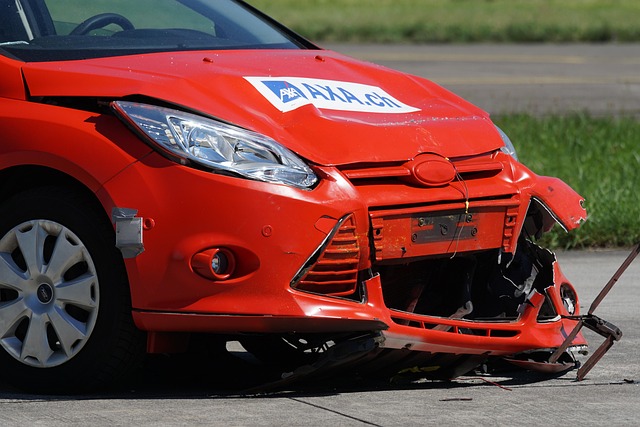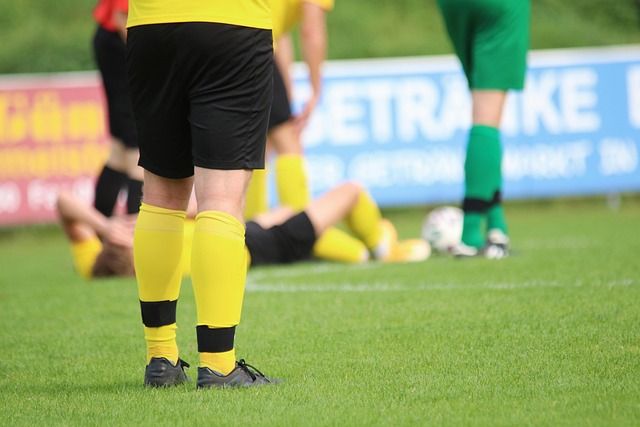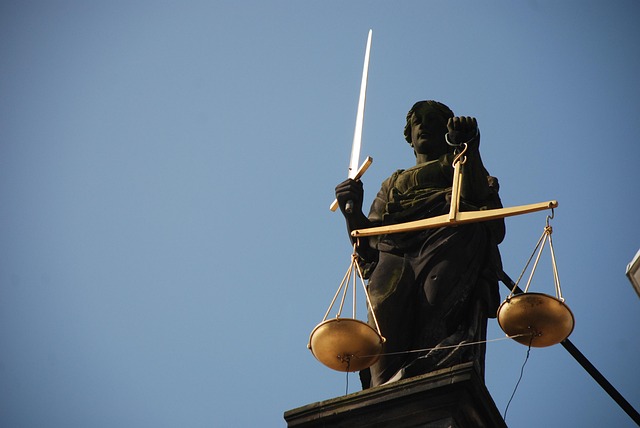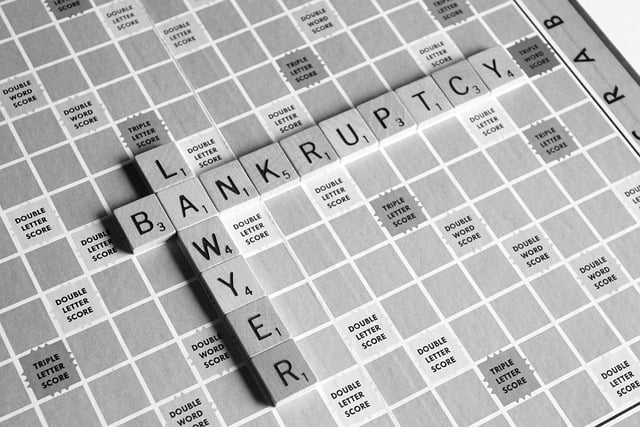Apartment slip and fall accidents due to snow, ice, and poor maintenance are common winter issues, leading to a range of injuries. Both tenants and property managers must be vigilant, as frozen surfaces pose significant risks. Property owners have a legal obligation to maintain safe conditions, and neglecting this can result in personal injury claims. Prompt reporting, documentation, and taking photos by tenants are crucial steps for potential accident settlements or compensation claims. Regular snow removal, de-icing, and proactive measures are essential in preventing such incidents, especially for vulnerable residents.
Snow and ice pose significant risks for residents and visitors alike, leading to a common yet avoidable hazard: apartment slip and fall injuries. This article delves into the understanding and prevention of these accidents during winter months. We explore common hazards in apartments, such as icy sidewalks and stairwells, and provide practical tips for addressing them. By implementing proactive measures, apartment communities can ensure safer environments, reducing the risk of severe injuries from apartment slip and fall incidents.
- Understanding Apartment Slip and Fall Accidents Caused by Snow and Ice
- Common Hazards in Apartments During Winter Months
- Preventing and Addressing Snow and Ice-Related Injuries on Apartment Property
Understanding Apartment Slip and Fall Accidents Caused by Snow and Ice
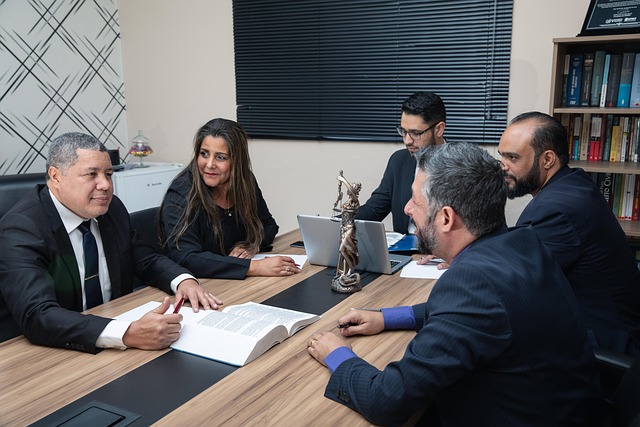
Apartment slip and fall accidents caused by snow and ice are a significant concern for residents across various regions with harsh winters. These incidents can result in severe injuries, ranging from minor cuts and bruises to more critical fractures and head traumas. Understanding the hazards is crucial for both tenants and property managers alike. Snow-covered walkways, icy staircases, and frozen surfaces around apartment buildings pose considerable risks, especially during unpredictable weather shifts.
A truck accident attorney may not be the first point of contact for these incidents, but they are relevant in understanding liability. In many cases, property owners have a legal obligation to maintain safe conditions for tenants and visitors. Partnership disagreements regarding snow removal or ice treatment strategies can impact building safety, ultimately affecting everyone’s well-being. Much like how car accident injuries require prompt medical attention, apartment slip and fall victims deserve immediate assessment of their wounds and the circumstances surrounding the incident.
Common Hazards in Apartments During Winter Months

During the winter months, apartments present a unique set of challenges for both residents and property managers. Common hazards include icy walkways, shoveled snow piles that can obscure visibility, and frozen water lines that cause slippery surfaces. These issues significantly increase the risk of apartment slip and fall injuries. Icy parking lots and entrances are particularly dangerous, as they often go unmaintained until an accident occurs.
Property owners and managers have a legal obligation to maintain safe living conditions for their tenants. Neglecting to clear snow and ice promptly can lead to severe consequences, including personal injury claims. While some residents may be cautious, others might not be as mindful of the slippery surfaces, especially the elderly or those with mobility issues. This is where proactive measures, such as proper signage and prompt clearing of hazardous areas, become crucial in preventing apartment slip and fall incidents.
Preventing and Addressing Snow and Ice-Related Injuries on Apartment Property
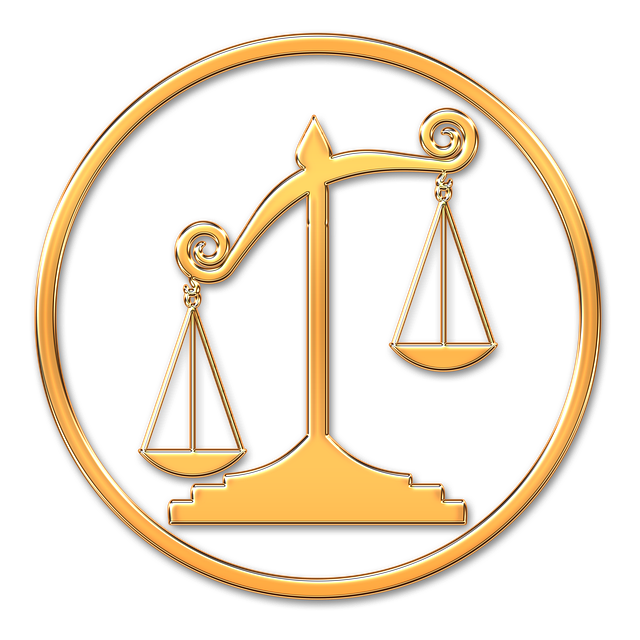
Property managers and apartment complexes have a legal obligation to maintain safe living conditions for tenants. In regions with seasonal snow and ice, this involves proactive measures to prevent apartment slip and fall accidents. Regular snow removal and de-icing are essential, especially in high-traffic areas like entryways, parking lots, and stairwells. Implementing these practices can significantly reduce the risk of injuries caused by slippery surfaces.
In the event of an accident, prompt reporting and proper documentation are crucial. Tenants who experience a slip and fall incident should notify the management immediately. This ensures that the property owner is aware of the hazard and takes responsibility for addressing it. Proper documentation of the incident, including taking photos of the slip and fall area, can also be beneficial when pursuing accident settlements or seeking injury compensation.
Snow and ice hazards are significant contributors to apartment slip and fall injuries, particularly during winter months. Understanding the common risks and implementing proactive safety measures can significantly reduce these incidents. By addressing potential dangers like icy entryways, staircases, and parking lots promptly, apartment management and residents can ensure safer living environments. Preventive actions such as proper snow removal, de-icing treatments, and clear signage are key to mitigating risks. Staying informed and being vigilant about these hazards is essential in creating a secure space for everyone, regardless of the season.

